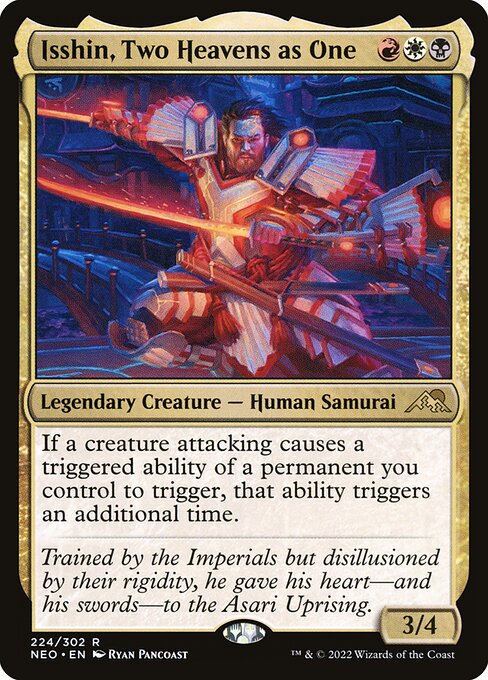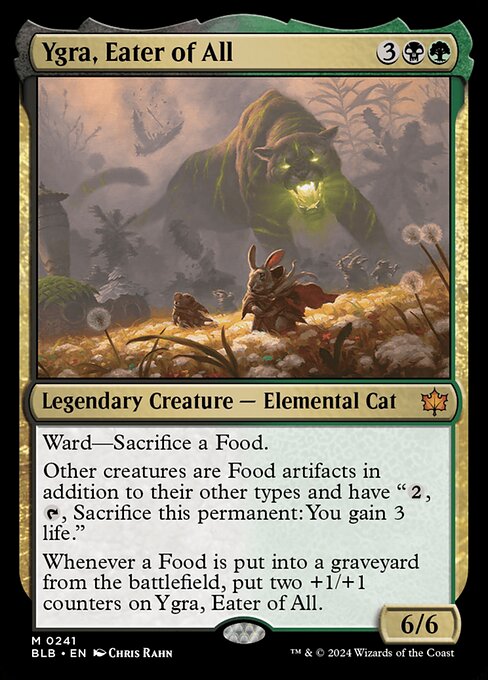Deck & Commander Strategies

Teneb, the Harvester
Focuses on graveyard interactions and reanimation to create a resilient Aristocrat loop that generates value and overwhelms opponents through recursive sacrifice and token synergies.

Isshin, Two Heavens as One
A human tribal aggro deck that doubles attack triggers to maximize combat damage and effects, aiming to overwhelm opponents with multiple combat phases and synergy.
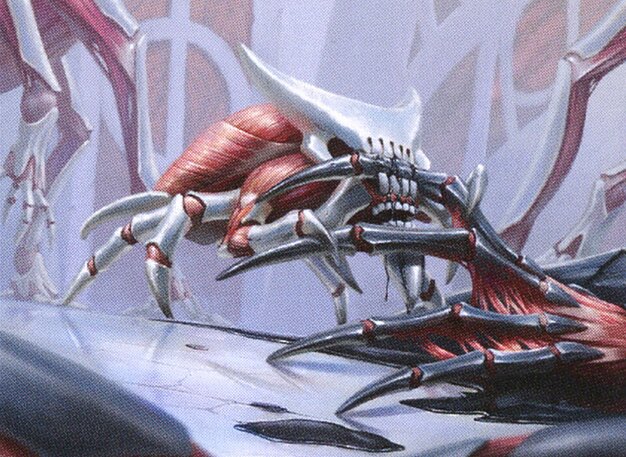
Skrelv, Defector Mite
Attempts a fast infect kill on a single opponent to remove them early, then sits back to avoid further damage and disruption, leveraging haste and shroud from equipment to protect the commander.

Ygra, Eater of All
A big-spell focused deck that aims to stabilize the board with impactful creatures and spells, though it struggles to find consistent success and relies on incremental advantage and board presence.
Gameplay Insights
- 1
Teneb’s ability to mill key cards early and use Timeless Witness for recursion was crucial for sustaining pressure and enabling combo loops.
- 2
Isshin’s deck capitalized on doubling attack triggers to maximize damage output and create combat-based value, forcing opponents to respond quickly.
- 3
Skrelv’s strategy of infecting a single player depended heavily on the absence of blue counterspells, which shaped the table’s interaction dynamics.
- 4
The use of Everflowing Chalice to ramp mana early helped accelerate Teneb’s graveyard strategies, underscoring the importance of efficient mana development in reanimation decks.
- 5
Players were cautious about attacking Skrelv due to the threat of infect damage, influencing table politics and targeting decisions.
- 6
The absence of blue decks and counterspells allowed more aggressive and combo-oriented strategies to flourish without being easily disrupted.
Notable Cards
-

Timeless Witness
-

Everflowing Chalice
-
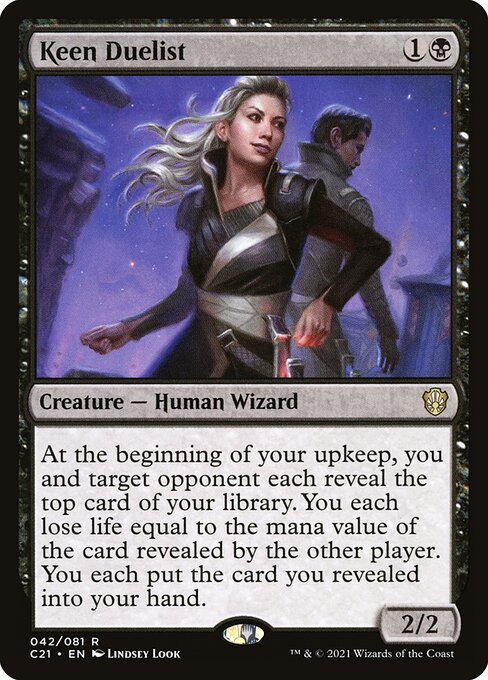
Keen Duelist
-
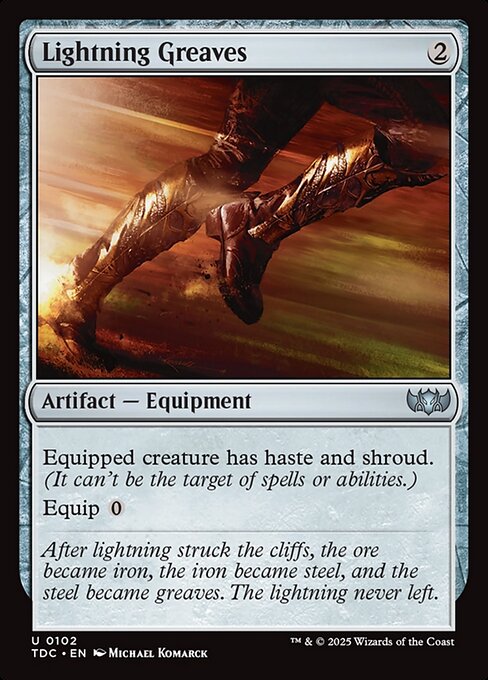
Lightning Greaves
-

Temple of Plenty
-

Shattered Sanctum
Gameplay Summary
The game started with each player deploying their strategies centered around their commanders.
HamHocks42 played Teneb, the Harvester, focusing on graveyard interactions and reanimation, aiming to create a resilient Aristocrat loop.
Jarvis_Moonbeam piloted Isshin, Two Heavens as One, leveraging human tribal synergies and doubling combat triggers to build an aggressive board presence.
JollySaintClick's Skrelv, Defector Mite, aimed to rapidly infect an opponent for a quick kill while staying under the radar afterward.
Uncle Russ controlled Ygra, Eater of All, a deck that had struggled previously but was given a second chance, focusing on big, impactful spells and board presence.
Early turns involved setting up mana bases and deploying key creatures and enchantments like Timeless Witness and Everflowing Chalice to facilitate each deck’s game plan. As the game progressed, Teneb’s strategy showed promise with key graveyard mills and reanimation targets like Timeless Witness enabling strong recursion.
Isshin’s deck worked to double combat triggers and maintain pressure, while Skrelv sought to land an infect hit but struggled with disruption and lack of blue counterspells in the game.
Ygra's deck attempted to stabilize and build a board presence but faced significant pressure from the other players.
The pivotal moment came when Teneb managed to leverage graveyard synergy and recursion to generate value, while Isshin capitalized on attacking triggers to gain incremental advantage.
The game’s tension revolved around balancing aggression with board control and resource management, with Teneb’s recursive aristocrat combo and Isshin’s combat trigger doubling as the main engines driving toward victory.


